Introduction:
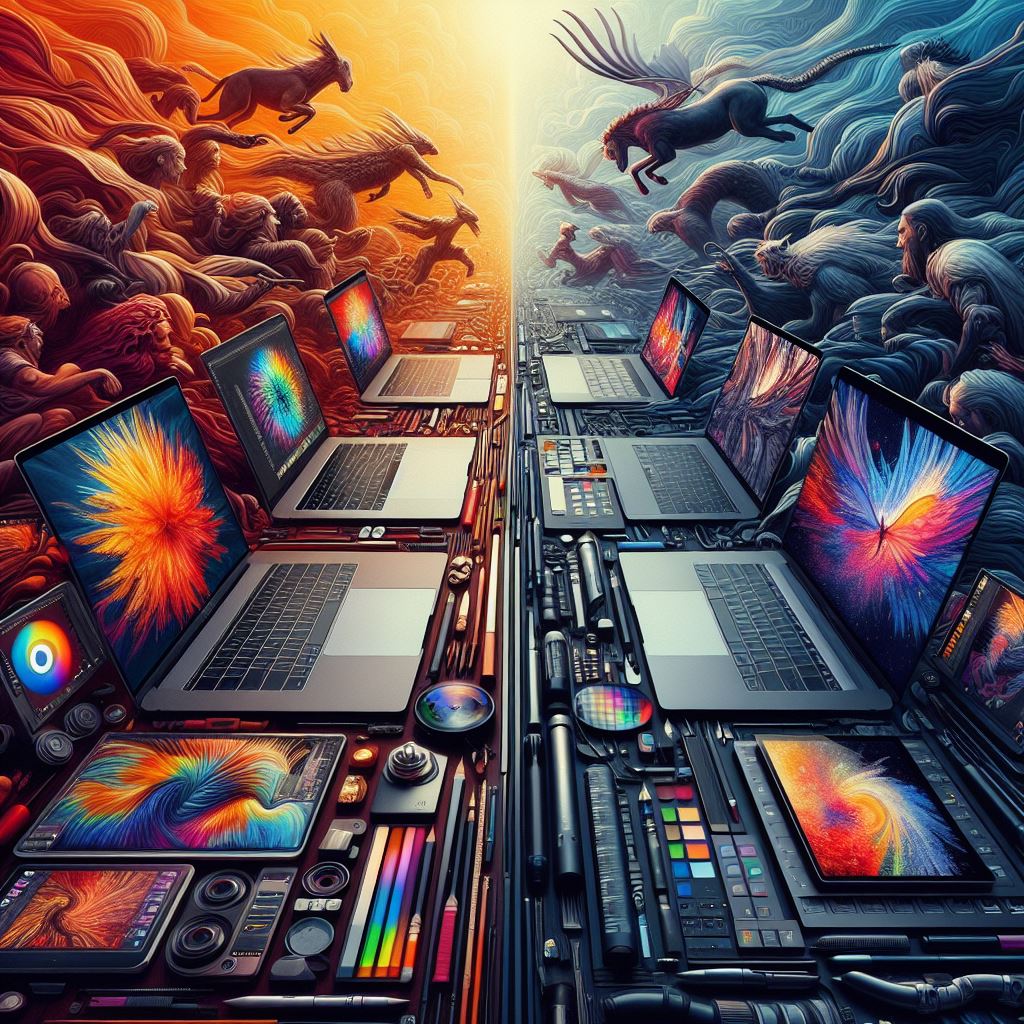
In the dynamic realm of graphic design, selecting the best laptop for graphics design is a pivotal decision that can significantly impact one’s creative workflow. This comprehensive guide embarks on a journey through the top 15 laptops meticulously curated for graphic design enthusiasts and professionals alike. Each device is thoughtfully chosen based on its detailed specifications, advantages, and disadvantages, providing a roadmap for both seasoned designers and aspiring creatives to make an informed decision aligned with their unique needs and preferences.
In an era where creativity intertwines with technology, the quest for the best laptop for graphics design becomes paramount. As we explore each device, our aim is to guide you through the intricate process of choosing the perfect tool to elevate your graphic design experience. Whether you’re an industry veteran or a budding talent, the right laptop serves as the catalyst for transforming your creative visions into tangible masterpieces. Join us on this enlightening journey as we unveil the tools that stand out as the best laptops for graphics design, empowering you to unleash your full creative potential.
1. MacBook Pro 16-inch (2021):
Specifications: The MacBook Pro 16-inch stands out with the formidable Apple M1 Pro or M1 Max processors, offering up to 64GB of RAM and a whopping 8TB SSD storage. The inclusion of AMD Radeon Pro or M1 Pro/M1 Max GPUs ensures unparalleled graphics performance.
Advantages: Apple’s flagship laptop excels in processing power, making it ideal for resource-intensive graphic design tasks. The combination of high RAM, ample storage, and powerful GPUs enhances the overall creative workflow.
Disadvantages: The premium pricing might be a deterrent for budget-conscious users, but for those seeking top-tier performance, the MacBook Pro delivers.
2. Dell XPS 15 (2022):
Specifications: The Dell XPS 15 packs an Intel Core i7 or i9 processor, up to 64GB of RAM, and storage options up to 4TB SSD. The NVIDIA GeForce RTX 3050 Ti GPU ensures smooth graphic rendering.
Advantages: This laptop strikes a balance between power and portability. The InfinityEdge display complements its high-end components, providing a visually immersive experience for graphic-intensive tasks.
Disadvantages: While the base configurations offer value, users opting for higher-end specifications might find the price tag steep. Additionally, the RTX 3050 Ti, while capable, may not suffice for extremely demanding 3D work.
3. ASUS ROG Zephyrus G14:
Specifications: Featuring an AMD Ryzen 9 5900HS processor, 32GB RAM, and a 1TB SSD, the ASUS ROG Zephyrus G14 is a powerhouse. The inclusion of an NVIDIA GeForce RTX 3060 GPU enhances its graphic capabilities.
Advantages: This laptop caters to both gaming and graphic design enthusiasts, thanks to its powerful AMD processor and dedicated RTX 3060 GPU. The compact design adds a layer of portability.
Disadvantages: On the downside, the absence of a built-in webcam might be a drawback for users relying on video conferencing.
4. Microsoft Surface Laptop 4:
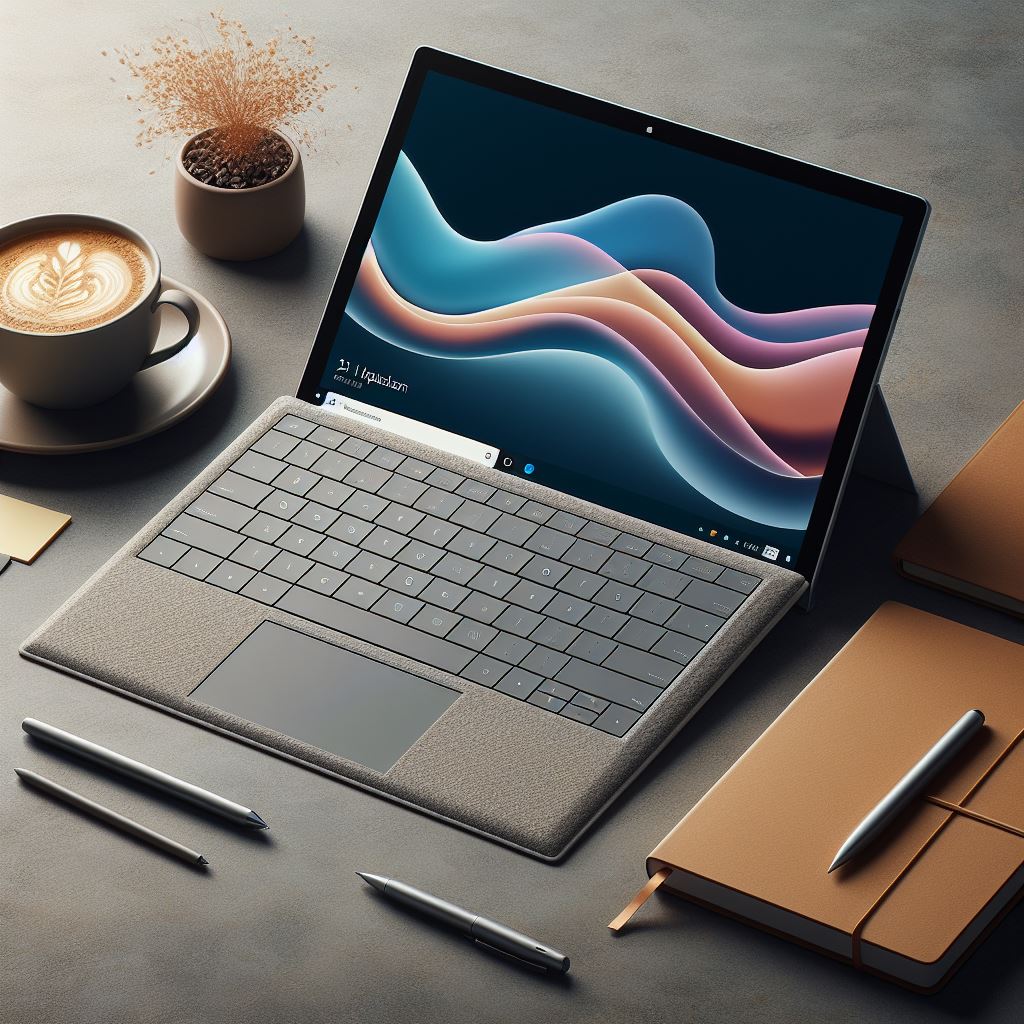
Specifications: With configurations featuring Intel Core i5 or i7 / AMD Ryzen 5 or 7 processors, up to 32GB of RAM, and storage options up to 1TB SSD, the Surface Laptop 4 offers versatility. The choice of Intel Iris Xe or AMD Radeon GPUs caters to different user preferences.
Advantages: Microsoft’s Surface Laptop 4 combines sleek design with robust performance. The PixelSense display, with the option for a touchscreen, enhances the overall visual and interactive experience.
Disadvantages: However, users engaged in highly demanding graphic tasks might find the integrated GPUs limiting, necessitating consideration for dedicated graphics options.
5. HP Spectre x360 (2021):
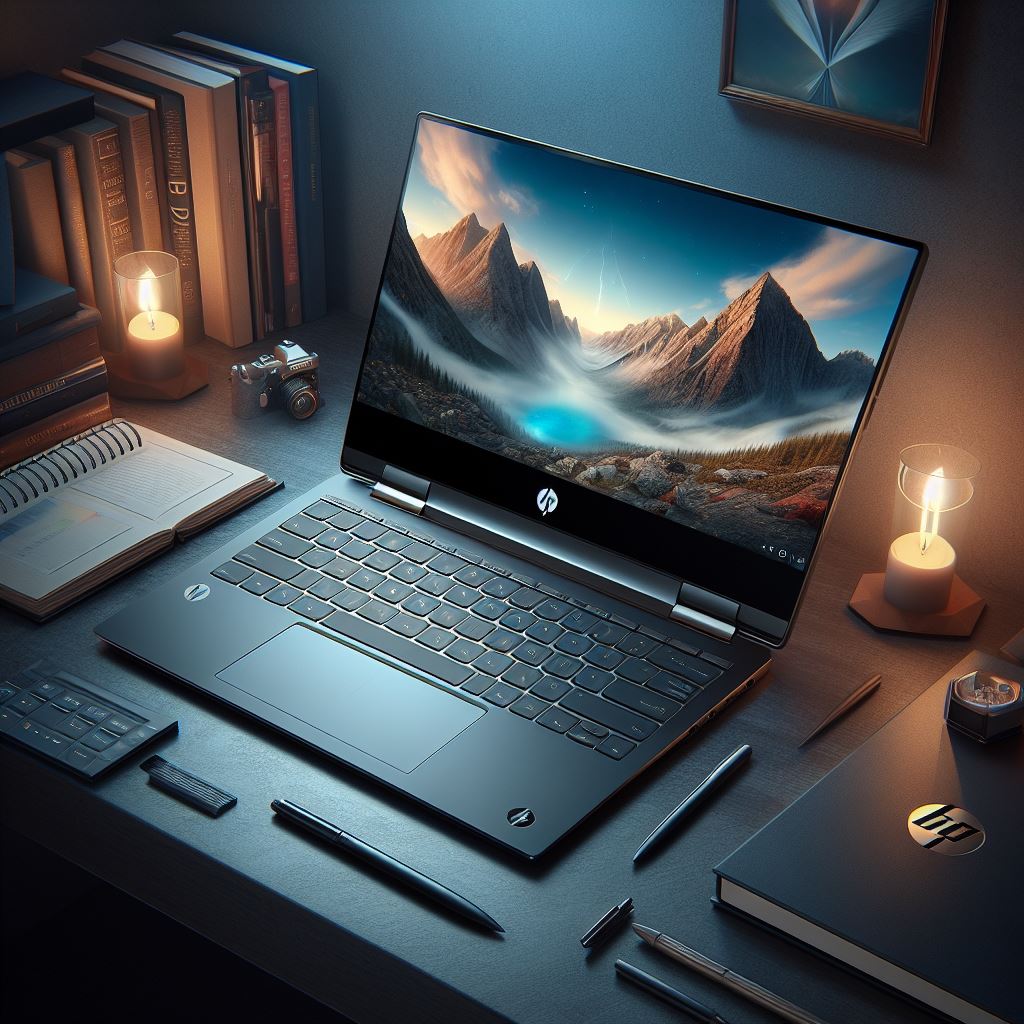
Specifications: The HP Spectre x360 boasts an Intel Core i7 or i9 processor, up to 16GB of RAM, and storage options up to 2TB SSD. The Intel Iris Xe GPU contributes to its graphic processing capabilities.
Advantages: HP’s offering strikes a balance between elegance and performance. The convertible form factor, vivid display, and robust processors make it suitable for graphic design tasks.
Disadvantages: However, the integrated Intel Iris Xe GPU may not match the performance of dedicated graphics cards, limiting its potential for high-end graphic work.
6. Lenovo ThinkPad X1 Carbon Gen 9:
Specifications: Equipped with Intel Core i5 or i7 processors, up to 32GB of RAM, and storage options up to 1TB SSD, the ThinkPad X1 Carbon Gen 9 prioritizes reliability. The Intel Iris Xe GPU ensures a smooth graphic design experience.
Advantages: Lenovo’s ThinkPad series excels in build quality and durability. The inclusion of Intel Iris Xe graphics adds to its graphic processing capabilities, making it a reliable choice for designers.
Disadvantages: However, for users requiring dedicated GPUs for high-end graphic tasks, the ThinkPad X1 Carbon Gen 9 might fall short.
7. Razer Blade 17 (2021):
Specifications: The Razer Blade 17 features Intel Core i7 or i9 processors, up to 64GB of RAM, and storage options up to 2TB SSD. The NVIDIA GeForce RTX 3080 GPU delivers unmatched graphic performance.
Advantages: Razer’s flagship laptop stands out with its powerful RTX 3080 GPU, catering to both graphic designers and gamers. The high refresh rate display further enhances the visual experience.
Disadvantages: Despite its capabilities, the premium pricing might be a barrier for those on a budget.
8. Acer ConceptD 7:
Specifications: Powered by an Intel Core i7 processor, up to 32GB of RAM, and a 1TB SSD, the Acer ConceptD 7 focuses on graphic design with its NVIDIA GeForce RTX 2080 Super GPU.
Advantages: Acer’s ConceptD 7 targets creators with its high-end RTX 2080 Super GPU. The Pantone-validated 4K display ensures accurate color reproduction, vital for graphic design tasks.
Disadvantages: On the downside, the laptop’s weight and size may not appeal to users seeking a more portable option.
9. LG Gram 17 (2021):
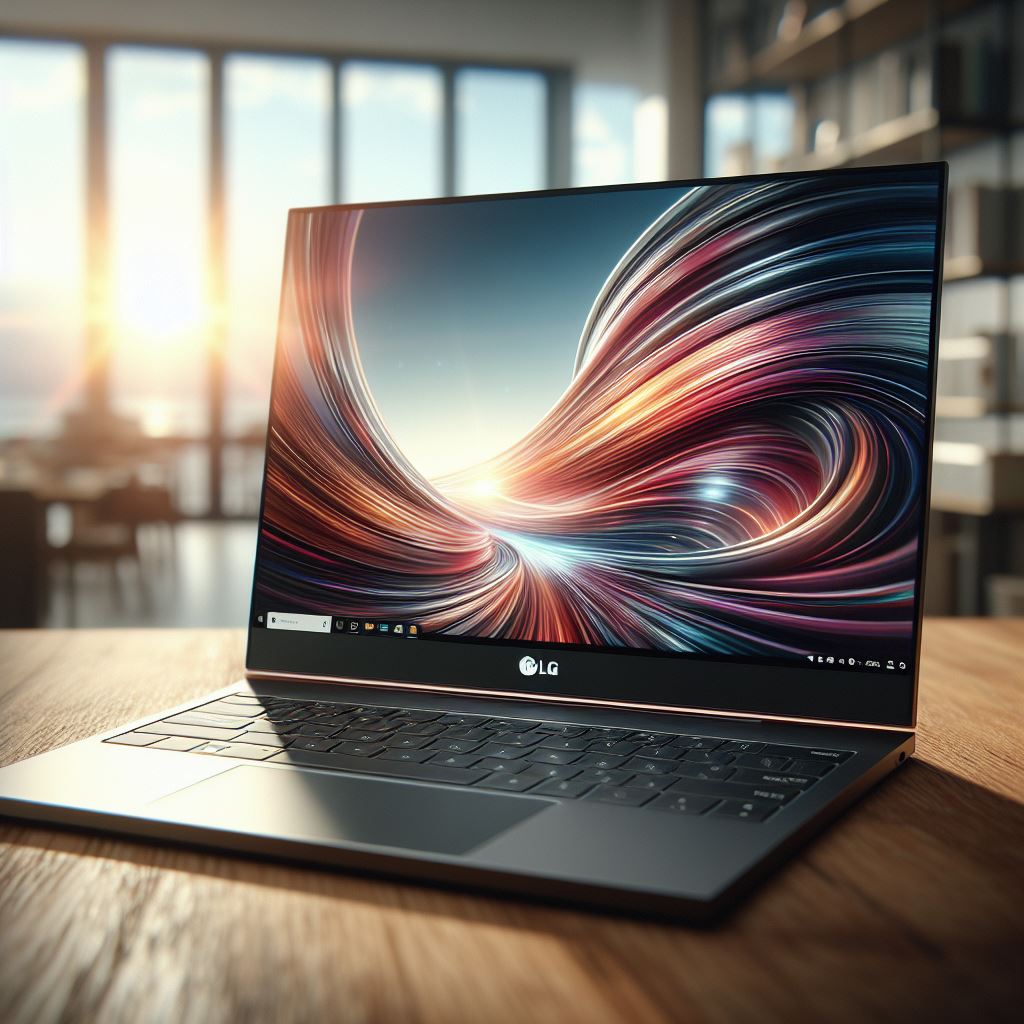
Specifications: The LG Gram 17 impresses with an Intel Core i7 processor, 16GB of RAM, and a 1TB SSD. The Intel Iris Xe GPU contributes to its graphic processing capabilities.
Advantages: The LG Gram 17 stands out with its large, high-resolution display, making it suitable for detailed graphic work. Its lightweight design adds to its portability.
Disadvantages: However, the integrated Intel Iris Xe GPU may limit performance for demanding graphic tasks.
10. MSI Prestige 14:
Specifications: Featuring an Intel Core i7 processor, 16GB of RAM, and a 512GB SSD, the MSI Prestige 14 combines portability with performance. The NVIDIA GeForce GTX 1650 Ti GPU ensures graphic capabilities.
Advantages: MSI’s Prestige 14 strikes a balance between portability and power, featuring a dedicated GTX 1650 Ti GPU for graphic design tasks. The True Pixel display enhances color accuracy.
Disadvantages: Users engaged in heavy 3D rendering might find the GPU capabilities slightly limited.
11. Gigabyte Aero 15 OLED:

Specifications: The Gigabyte Aero 15 OLED boasts Intel Core i7 or i9 processors, up to 64GB of RAM, and storage options up to 1TB SSD. The NVIDIA GeForce RTX 3080 GPU contributes to its graphic processing capabilities.
Advantages: Gigabyte’s Aero 15 OLED stands out with its vibrant OLED display and powerful RTX 3080 GPU, catering to graphic designers who require color precision and performance.
Disadvantages: Despite its capabilities, the laptop’s weight might impact portability.
12. ASUS ProArt StudioBook Pro 17:
Specifications: Equipped with Intel Core i7 or i9 processors, up to 64GB of RAM, and storage options up to 4TB SSD, the ProArt StudioBook Pro 17 targets professionals with its NVIDIA Quadro RTX 3000 GPU.
Advantages: ASUS’s ProArt StudioBook Pro 17 caters to professionals with its Quadro RTX 3000 GPU and extensive storage options. The Pantone-validated display ensures color accuracy.
Disadvantages: However, the laptop’s large size may be less appealing for users seeking a more compact option.
13. Lenovo Legion 5 Pro:
Specifications: Featuring AMD Ryzen 7 or 9 processors, up to 32GB of RAM, and storage options up to 1TB SSD, the Legion 5 Pro combines gaming and graphic design capabilities with its NVIDIA GeForce RTX 3070 GPU.
Advantages: Lenovo’s Legion 5 Pro caters to both gamers and graphic designers, featuring a powerful RTX 3070 GPU. The high refresh rate display enhances the overall visual experience.
Disadvantages: Its gaming-oriented design may not suit users looking for a more professional aesthetic.
14. HP Envy 15 (2021):

Specifications: The HP Envy 15 features an Intel Core i7 processor, up to 32GB of RAM, and storage options up to 2TB SSD. The NVIDIA GeForce GTX 1650 Ti GPU ensures graphic capabilities.
Advantages: HP’s Envy 15 strikes a balance between style and performance, featuring a dedicated GTX 1650 Ti GPU. The AMOLED display enhances color vibrancy.
Disadvantages: The potential for burn-in on the AMOLED display might be a concern for users working with static images for prolonged periods.
15. Dell Precision 5750:
Specifications: Equipped with Intel Core i7 or i9 processors, up to 64GB of RAM, and storage options up to 4TB SSD, the Dell Precision 5750 targets professionals with its NVIDIA Quadro T2000 GPU.
Advantages: The Dell Precision 5750 caters to professionals with its Quadro T2000 GPU and extensive storage options. The large 17-inch display provides ample screen real estate.
Disadvantages: However, the laptop’s weight and size may impact its portability, making it less suitable for users constantly on the move.
Conclusion:
navigating the dynamic landscape of graphic design demands a judicious choice of the best laptop tailored to the unique needs and preferences of designers. This guide has meticulously explored the top 15 laptops, each selected for its detailed specifications, advantages, and disadvantages, providing a roadmap for both seasoned professionals and budding creatives.
The MacBook Pro 16-inch (2021) stands as a powerhouse, boasting Apple’s formidable M1 Pro or M1 Max processors, making it ideal for resource-intensive graphic design tasks. However, its premium pricing may be a consideration for budget-conscious users.
Dell XPS 15 (2022) strikes a harmonious balance between power and portability, with an Intel Core i7 or i9 processor and a visually immersive InfinityEdge display. Nevertheless, higher-end configurations come with a steep price tag.
The ASUS ROG Zephyrus G14 caters to both gaming and graphic design enthusiasts with its powerful AMD processor and dedicated RTX 3060 GPU, although the absence of a built-in webcam may be a drawback for some users.
Microsoft Surface Laptop 4 combines sleek design with robust performance, offering versatility with Intel or AMD processors. However, users engaged in highly demanding graphic tasks may find the integrated GPUs limiting.
The HP Spectre x360 (2021) strikes a balance between elegance and performance, with a convertible form factor and a vivid display. Still, the integrated Intel Iris Xe GPU may not match the performance of dedicated graphics cards.
Lenovo ThinkPad X1 Carbon Gen 9 prioritizes reliability with Intel processors and Intel Iris Xe graphics, making it a reliable choice for designers. However, users requiring dedicated GPUs for high-end graphic tasks may find it falling short.
Razer Blade 17 (2021) stands out with its powerful RTX 3080 GPU, catering to both graphic designers and gamers. Despite its capabilities, the premium pricing might be a barrier for budget-conscious users.
Acer ConceptD 7 targets creators with its high-end RTX 2080 Super GPU and Pantone-validated 4K display for accurate color reproduction. However, its weight and size may not appeal to users seeking a more portable option.
LG Gram 17 (2021) impresses with its large, high-resolution display, suitable for detailed graphic work. Still, the integrated Intel Iris Xe GPU may limit performance for demanding graphic tasks.
MSI Prestige 14 strikes a balance between portability and power, featuring a dedicated GTX 1650 Ti GPU for graphic design tasks. However, users engaged in heavy 3D rendering might find the GPU capabilities slightly limited.
Gigabyte Aero 15 OLED stands out with its vibrant OLED display and powerful RTX 3080 GPU, catering to graphic designers who require color precision and performance. However, the laptop’s weight might impact portability.
ASUS ProArt StudioBook Pro 17 caters to professionals with its Quadro RTX 3000 GPU and extensive storage options. However, the laptop’s large size may be less appealing for users seeking a more compact option.
Lenovo Legion 5 Pro combines gaming and graphic design capabilities with its AMD Ryzen processors and NVIDIA GeForce RTX 3070 GPU. Its gaming-oriented design may not suit users looking for a more professional aesthetic.
HP Envy 15 (2021) strikes a balance between style and performance, featuring a dedicated GTX 1650 Ti GPU. Still, the potential for burn-in on the AMOLED display might be a concern for users working with static images for prolonged periods.
Dell Precision 5750 caters to professionals with its Quadro T2000 GPU and extensive storage options, providing ample screen real estate with a large 17-inch display. However, its weight and size may impact portability for users constantly on the move.
In the ever-evolving landscape of graphic design, each laptop in this guide offers a unique blend of features, and the ultimate choice depends on individual priorities, preferences, and budget considerations. Whether seeking top-tier performance, sleek design, or a balance between power and portability, there’s a laptop tailored to enhance every designer’s creative journey. As technology continues to advance, the quest for the best laptop for graphics design remains an exciting and ongoing exploration. Unleash your creativity with the perfect tool that aligns seamlessly with your graphic design aspirations. Best laptop for graphics design, the key to unlocking your creative potential! Best laptop for graphics design, a companion in your journey to design brilliance!
FAQs: Finding Your Ideal Best Laptop for Graphics Design
Q1: How do I choose the best laptop for graphic design? A: Consider your specific needs, such as processing power, GPU capabilities, display quality, and portability. Evaluate detailed specifications and prioritize aspects crucial to your design tasks.
Q2: Is the MacBook Pro 16-inch worth the investment for graphic design? A: Yes, the MacBook Pro 16-inch (2021) with M1 Pro or M1 Max processors offers exceptional performance for resource-intensive graphic design. However, the premium pricing may be a consideration.
Q3: Which laptop balances power and portability for graphic design? A: The Dell XPS 15 (2022) strikes this balance with an Intel Core i7 or i9 processor, up to 64GB RAM, and a visually immersive InfinityEdge display. Higher-end configurations may come with a higher price tag.
Q4: Does the ASUS ROG Zephyrus G14 cater to graphic design needs? A: Yes, the ASUS ROG Zephyrus G14, with its AMD Ryzen 9 5900HS processor and NVIDIA GeForce RTX 3060 GPU, caters to both gaming and graphic design enthusiasts. However, the absence of a built-in webcam may be a drawback.
Q5: What makes the Microsoft Surface Laptop 4 versatile for graphic design? A: The Surface Laptop 4 offers versatility with configurations featuring Intel or AMD processors. Its sleek design, PixelSense display, and touchscreen option enhance the visual and interactive experience. However, integrated GPUs may limit highly demanding graphic tasks.
Q6: Is the HP Spectre x360 (2021) suitable for graphic design? A: Yes, the HP Spectre x360 strikes a balance between elegance and performance with its convertible form factor, vivid display, and robust processors. However, the integrated Intel Iris Xe GPU may not match the performance of dedicated graphics cards for high-end graphic work.
Q7: What sets the Razer Blade 17 (2021) apart for graphic designers? A: The Razer Blade 17 stands out with its powerful RTX 3080 GPU, catering to both graphic designers and gamers. The high refresh rate display enhances the visual experience, but the premium pricing may be a consideration.
Q8: How does the Acer ConceptD 7 target graphic design professionals? A: Acer’s ConceptD 7 focuses on creators with its high-end RTX 2080 Super GPU and Pantone-validated 4K display for accurate color reproduction. However, its weight and size may not suit users seeking a more portable option.
Q9: What distinguishes the LG Gram 17 (2021) for graphic work? A: The LG Gram 17 impresses with its large, high-resolution display, making it suitable for detailed graphic work. Its lightweight design adds to portability, but the integrated Intel Iris Xe GPU may limit performance for demanding graphic tasks.
Q10: Is the MSI Prestige 14 suitable for graphic design tasks? A: Yes, the MSI Prestige 14 strikes a balance between portability and power, featuring a dedicated GTX 1650 Ti GPU for graphic design tasks. However, users engaged in heavy 3D rendering might find the GPU capabilities slightly limited.
Q11: What makes the Gigabyte Aero 15 OLED stand out for graphic designers? A: The Gigabyte Aero 15 OLED stands out with its vibrant OLED display and powerful RTX 3080 GPU, catering to graphic designers who require color precision and performance. However, the laptop’s weight might impact portability.
Q12: How does the ASUS ProArt StudioBook Pro 17 cater to professionals? A: ASUS’s ProArt StudioBook Pro 17 caters to professionals with its Quadro RTX 3000 GPU and extensive storage options. However, the laptop’s large size may be less appealing for users seeking a more compact option.
Q13: Does the Lenovo Legion 5 Pro suit graphic designers? A: Yes, the Lenovo Legion 5 Pro caters to both gamers and graphic designers with its powerful RTX 3070 GPU. The high refresh rate display enhances the overall visual experience, but its gaming-oriented design may not suit users looking for a more professional aesthetic.
Q14: Is the HP Envy 15 (2021) a balanced choice for graphic design? A: Yes, the HP Envy 15 strikes a balance between style and performance with a dedicated GTX 1650 Ti GPU. However, the potential for burn-in on the AMOLED display may be a concern for users working with static images for prolonged periods.
Q15: Who benefits from the Dell Precision 5750 for graphic design? A: The Dell Precision 5750 caters to professionals with its Quadro T2000 GPU and extensive storage options, providing ample screen real estate with a large 17-inch display. However, its weight and size may impact portability for users constantly on the move.




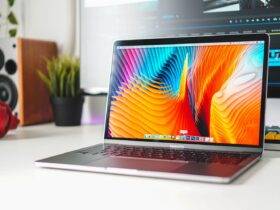











Leave a Reply